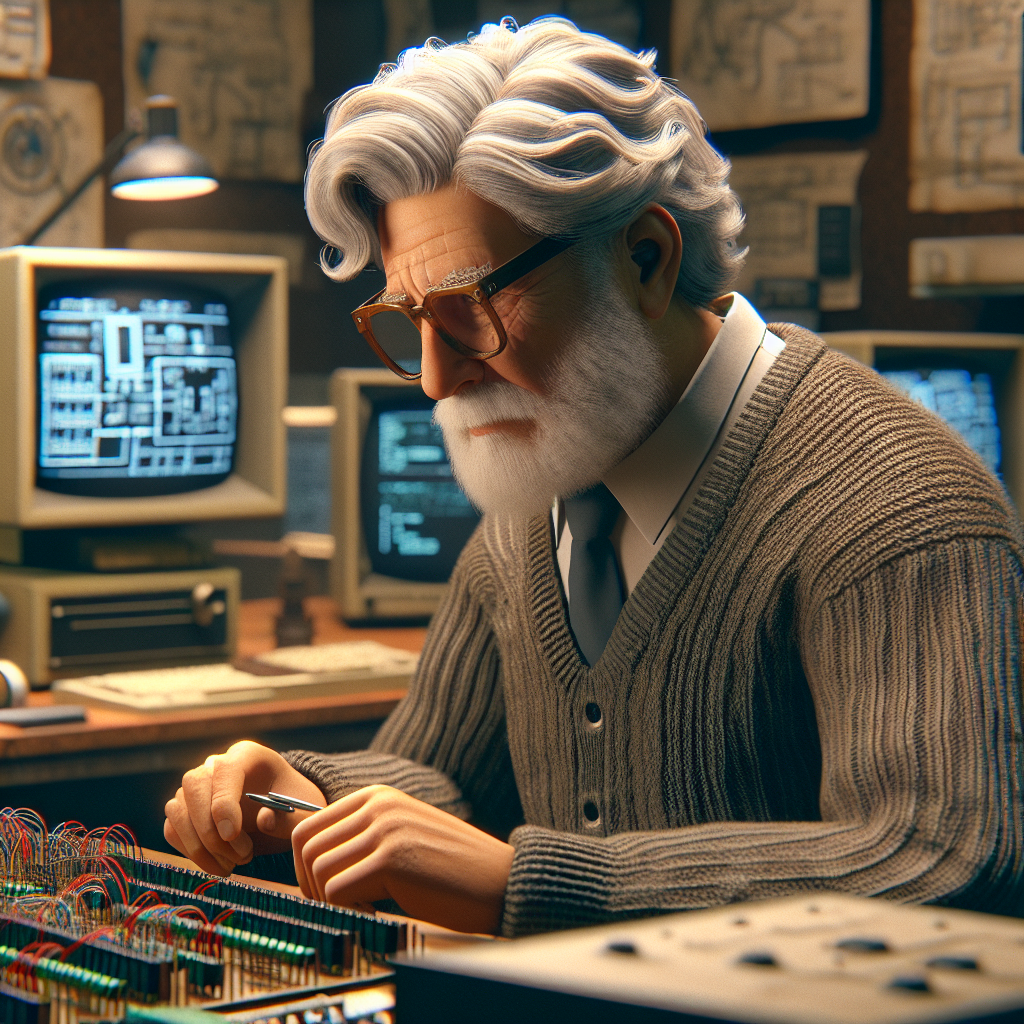Remembering Bill Atkinson: A Trailblazer of Apple’s Early Innovations
Early Life and Apple’s Formative Years
Bill Atkinson, a pivotal figure in the evolution of Apple’s early graphical user interfaces, has passed away at the age of 74 from complications related to pancreatic cancer. His impact is intricately linked to Apple’s history, serving as a foundational element in the creation of the Macintosh. Atkinson’s association with Apple began in 1978, where his groundbreaking ideas swiftly established him as a prominent figure in the tech arena.
Contributions to Apple’s Graphical Interface
Throughout his time at Apple, Atkinson played a key role in developing several groundbreaking technologies. He created QuickDraw, a vital graphics engine that enabled the Macintosh’s display functionalities. This innovation was essential for displaying images and text on screens, setting a new benchmark for user interfaces.
In addition to QuickDraw, Atkinson was the creative force behind MacPaint, a groundbreaking graphics application that empowered users to produce digital artwork. His interest in dithering—a method for crafting image gradients—was instrumental in his work, allowing computers to generate nearly photographic images.
Hypercard: The Software Erector Set
One of Atkinson’s most notable contributions is Hypercard, launched in 1987. This hypermedia platform offered a versatile environment for application development, often referred to by Atkinson as a “software erector set.” Hypercard enabled users to design interactive applications, greatly enhancing Macintosh software creation.
Post-Apple Ventures and Photography
After departing from Apple in 1990, Atkinson continued to shape the tech landscape by joining General Magic and subsequently Numenta, an early artificial intelligence firm. His insight into the potential of AI highlighted his visionary perspective on technology.
Beyond the realm of technology, Atkinson indulged his passion for nature photography. His esteemed work in this domain is honored through books and prints, showcasing his exceptional talent for capturing the beauty of the natural world.
Legacy and Memorials
Atkinson’s influence on his peers and the tech field remains significant. He is lovingly remembered on folklore.org, where accounts of his collaboration with Apple innovators like Susan Kare, Jef Raskin, and Steve Jobs are preserved. His family referred to him as “a remarkable person” whose contributions have made a lasting impact on the world.
Conclusion
Bill Atkinson’s legacy stands as a tribute to his inventive spirit and his capacity to turn concepts into reality. From graphical interfaces to nature photography, his contributions have enriched both technology and art. As we honor his life, we recognize the substantial shifts he induced in the world, inspiring future generations of creators and innovators.
Q&A Session
Q1: What were Bill Atkinson’s major contributions to Apple’s technology?
A1: Atkinson was responsible for QuickDraw, MacPaint, the menubar, and Hypercard, greatly enhancing Apple’s graphical user interfaces and software functionality.
Q2: What was Hypercard, and why is it significant?
A2: Hypercard was a hypermedia system introduced by Atkinson in 1987. It empowered users to develop interactive applications, setting the stage for innovative software creation on the Macintosh.
Q3: What did Atkinson do after leaving Apple?
A3: After leaving Apple, Atkinson became a part of General Magic and later Numenta, where he delved into the emerging field of artificial intelligence. He also enjoyed a prosperous career in nature photography.
Q4: How is Atkinson remembered by his peers?
A4: Atkinson is warmly remembered on sites like folklore.org, where his contributions and collaborations with other Apple legends are honored.
Q5: How did Atkinson contribute to the field of photography?
A5: Atkinson was a recognized nature photographer, and his work continues to be celebrated through books and prints available on his personal website.